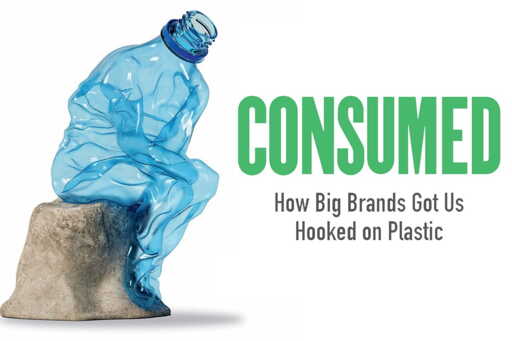Founder’s Briefs: An occasional series where Mongabay founder Rhett Ayers Butler shares analysis, perspectives and story summaries. When Saabira Chaudhuri began covering consumer goods companies for The Wall Street Journal, she expected stories about marketing and product launches. Instead, she uncovered a deeper pattern: industrial ingenuity turned liability. Her new book, Consumed: How Big Brands Got Us Hooked on Plastic, explains how plastic became central to modern capitalism — and why efforts to rein it in have repeatedly faltered. Her reporting began in 2018, when public concern about single-use plastics was rising, Chaudhuri says in an interview. Bags, bottles, straws and cups — once symbols of convenience — had become icons of waste. Companies scrambled to look responsible, promoting recycled content and biodegradable packaging. Yet as Chaudhuri dug deeper, she saw that most “solutions” were flawed or else messaging recycled from decades earlier, designed to protect disposability. Plastic’s rise was no accident. It delivered lightness, durability, malleability and, above all, cheapness. It made supply chains global and habits disposable. The coffee cup tells the story well: paper cups collapsed under heat until a thin plastic lining solved the problem after World War II. Suddenly, coffee was portable, and by the 1950s it was the top-selling beverage in the U.S. The pattern repeated across diapers, shampoo, ultraprocessed food, and fast fashion. Advertising cemented this shift. Since the 1920s, manufacturers linked throwaway living with modernity, hygiene and freedom. Industry-backed recycling campaigns soothed guilt while doing little to stem waste. “Our throwaway culture…This article was originally published on Mongabay
From Conservation news via this RSS feed


